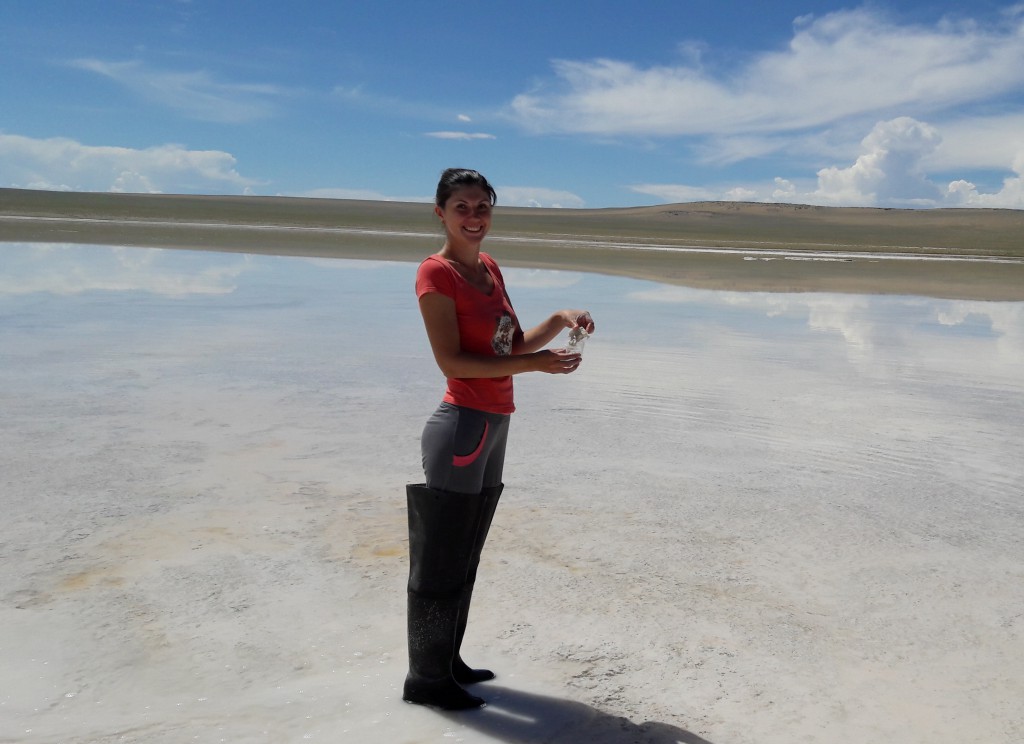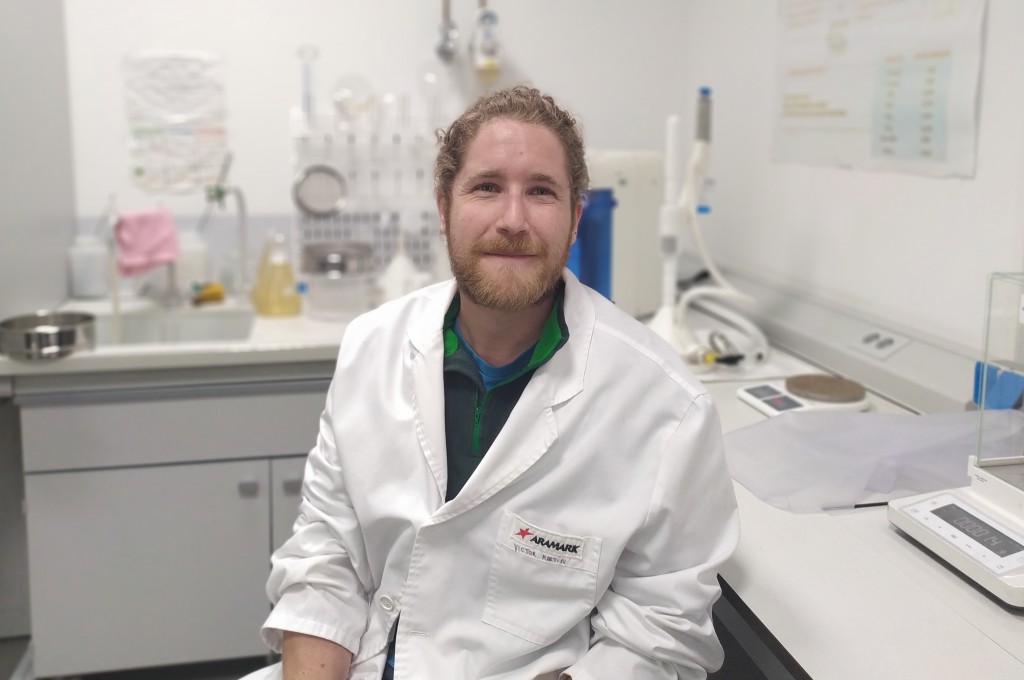Board Members of the International Society for Salt Lake Research reviewed the research papers published in 2017-2019 and submitted for the triennial international competition, open to all graduate students and early-career scientists. The winners were selected based on scientific/technical quality, methodological approach and its novelty and quality and relevance and potential scientific impact of work carried out.
The Society decided to award two main prizes. Each prize consists of a certificate and an ISSLR grant (up to 750 USD to cover travel costs and/or registration fee) to attend the 2020 ISSLR regular conference. During the conference, each winner will give a Plenary Lecture (30 min) on his/her winning article and related research.
Marina N. Kolpakova (Research scientist, V.S. Sobolev Institute of Geology and Mineralogy SB RAS, Novosibirsk, Russia)
Short Bio: I got my Master and PhD degrees from Tomsk Polytechnic University (Russia). My work primarily is in the areas of aqueous geochemistry and lacustrine sedimentology, multidisciplinary fields with strong association with geology, hydrogeology, hydrology, geochemistry, organic chemistry, microbiology, climate science, and water resources. My research is focused on investigating of hydrological and geochemical relationship between the groundwater and surface water in the dry valleys of Asia (Northern Kazakhstan; south of Western Siberia, Russia; Western Mongolia) and the consequent biogeochemical evolution of the closed-basin lakes. I am also interested in investigating modern water balance of saline lakes and its paleoclimate reconstruction with usage of chemical and isotopic composition of water and lake sediments records. I use “water-rock-organic matter” interaction approach in order to determine main processes involved in the formation of chemical composition of lakes. My investigation of these topics employs analysis of mineral solubility and mass balance, modeling evolution of lakes, sedimentology and mineralogy, sequential extraction procedure of lacustrine sediments, and studies of lake carbon and sulfide cycling.
Winning paper: Kolpakova M.N., Gaskova O.L. 2018. Major ions behavior during evaporation of different saline type water of Western Mongolian lakes (geochemical modelling). Hydrology Research. 49, 163-176
Title of plenary lecture that will be presented at the 14th International Conference on Salt Lake Research (Murcia, Spain, 19-24 October 2020): Mineral precipitation sequences and brine evolution of Asian saline lakes.
Brief intro: This presentation is a review of the saline endorheic lakes of the Northern Kazakhstan, Mongolia and Russia (south-west Siberia) with the provided data on chemical composition of their waters and sediments, diversity/uniformity, mineral precipitation sequences and brine evolution. The studying of common trend and differences in chemical state of lakes is presented as long as the discussion on main stages of lake evolution.
Víctor Martín-Vélez (PhD student, Doñana Biological Station, Seville, Spain)
Short Bio: I did my career in Biology and a Master in Nature Conservation with a strong focus in Animal Ecology studying species distributions, habitat selection and bird migration. Currently, I am a PhD student working in the Wetland Department at Doñana Biological Station (EBD-CSIC) in Seville, Spain. My PhD thesis focuses on the transport role that waterbirds have on ecosystems of Andalusia (South Spain), specially focusing on wetlands (e.g. ricefields, inland lakes, marshlands) and their interactions with other environments (such as landfills). I combine movement ecology with fieldwork, laboratory experiments and network analyses to study the role of gulls (as a model) to study processes such seed dispersal, nutrient and heavy metal inputs between wetlands.
Winning paper: Martín‐Vélez, V., Sánchez, M. I., Shamoun‐Baranes, J., Thaxter, C. B., Stienen, E. W., Camphuysen, C.J., & Green, A. J. 2019. Quantifying nutrient inputs by gulls to a fluctuating lake, aided by movement ecology methods. Freshwater Biology. 64, 1821-1832
Title of plenary lecture that will be presented at the 14th International Conference on Salt Lake Research (Murcia, Spain, 19-24 October 2020): Quantifying nutrient inputs by gulls to a fluctuating lake, aided by movement ecology methods.
Brief intro: Many saline lakes are important for migratory waterbirds, but we know little about how birds influence these ecosystems e.g. through their role as vectors of nutrients. Our novel study is the first that combines a movement ecology approach through tracking devices with real nutrient estimations so as to quantify more accurately the eutrophication effects of waterbirds in salt lakes and wetlands in general. GPS tracking allows identification of specific foraging sites which act as a source of external nutrients imported to waterbodies. This information is particularly relevant in the context of ecosystem functioning and anthropogenic change, as many waterbirds exploit anthropogenic resources on land and then transport them to salt lakes and other natural waterbodies where they roost.
We used the Lesser Black-Backed gull as a model, quantifying its effect in its most important wintering site in Andalusia (South-West Spain), Fuente de Piedra saline lake. Our work combines laboratory nutrient analyses with GPS movement data to quantify the nutrient inputs in the salt lake over different winters. This study makes an important contribution to functioning and conservation of Spain’s most important salt lake. The gull population is revealed to be the most important source of Phosphorus to the lake.


